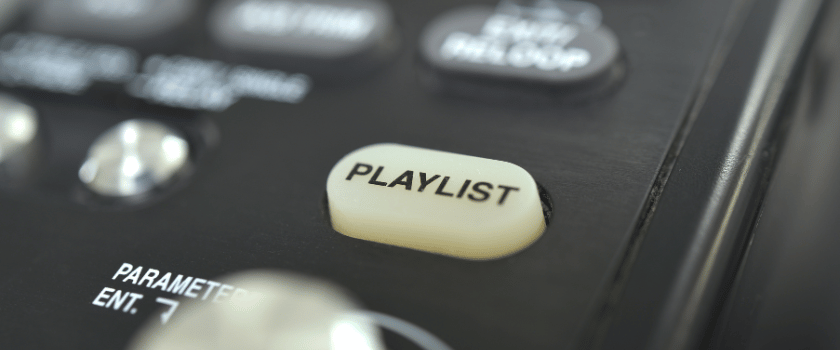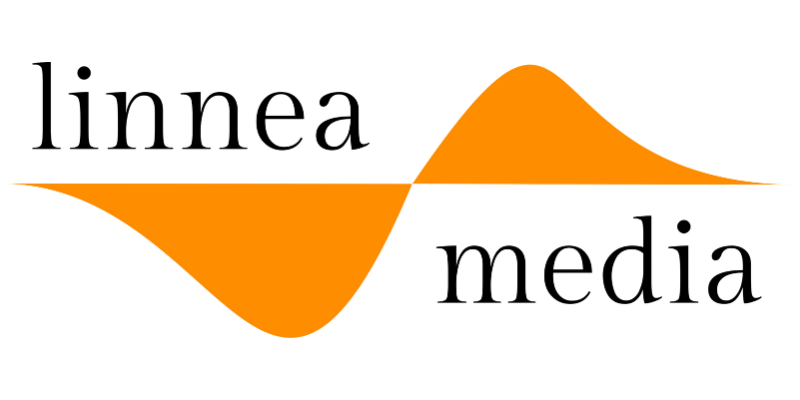That AI is accelerating change in the music industry is not news. But, with the big streaming platforms ruling how music is listened to, the technological evolution is worth pausing to look at.
As AI technologies evolve, they are increasingly being used to generate personalized playlists, reshaping the landscape of music curation and raising important questions about the future of how we interact with music.
This prompts the question: How should your business model evolve to capitalize on the increasing use of AI for music curation? Alternatively, where does the investment flow when AI steps up to personalize the music experience?
The Rise of AI Generated Playlists
AI generated playlists are not just a technological innovation; they represent a paradigm shift in how we discover music. Spotify is fighting TikTok at the front lines to be your destination where you hear something for the first time.
It’s good for their brand and business to win in discovery.
Leveraging sophisticated algorithms, Spotify’s playlists analyze vast amounts of data on listening habits, song attributes, and user preferences, creating music suggestions with precision that are aimed to delight their consumers.
The advantage here is clear: AI can sift through data at an incomprehensible speed, offering personalized playlists that adapt to listeners’ tastes in real-time, a feat that human curators might find challenging to match in scale and speed.
What Are the Limitations of AI?
One major drawback is its reliance on existing data, which can lead to a lack of diversity and novelty in song recommendations.
AI may struggle to understand complex emotional nuances and cultural contexts, which are often crucial factors in music enjoyment. AI-generated playlists may also overlook niche or emerging artists and genres that fall outside the mainstream.
As a result, while AI can excel at delivering personalized recommendations based on existing preferences, it may struggle to introduce listeners to new and undiscovered music experiences.
Another limitation of AI in music is that songs tend to have a shorter lifespan; they are quickly replaced – this week one song, next week another. This rapid turnover makes it challenging for artists to know how to build a stable fan base.

The Art of Human Curation
Human touch in playlist curation goes beyond algorithms, as it incorporates an emotional and cultural understanding that AI currently cannot replicate. Human curators can weave narratives and evoke emotions through song selection and sequencing in ways that resonate on a more personal and profound level with listeners.
Their expertise in understanding cultural contexts and nuances often leads to more cohesive and meaningful playlists.
Are Curators Resisting AI Playlists?
The resistance of curators to AI generated playlists stems mainly from their belief that AI cannot replicate the human touch. They contend that AI, with its reliance on data, may overlook nuances that human curators value, such as making narratives through song choices or recognizing emerging trends and underground movements. This concern highlights fears that AI’s role in playlist curation could diminish the importance of human expertise and creativity in the music industry.
But are curators truly resistant, or could they be open to integrating AI to enhance their capabilities? Are there ways AI could complement rather than replace the human elements of curation?
If you ask me, it may not be a question of AI versus human curators, but how both can coexist to redefine the art of music curation.
Spotify’s Latest AI Feature
Spotify’s latest AI feature, which generates playlists from brief user-provided text descriptions, illustrates an innovative layer of AI in music curation. This tool, while not performing curation itself, enhances the curation process by allowing users to discover new music tailored to their moods or specific descriptive words. It shows the nuanced role of AI in augmenting human curation efforts, providing a nuanced middle ground in the ongoing dialogue about AI’s place in music.
So, What?
I believe that technology and innovation helps force change that can be for the better. There are millions of artists today who release their music. If we can surface that content using automated playlists, perhaps we can make a new fan connection that wouldn’t have been possible.
And that’s great.
The downside is a lot of random music that you may not want in an order that doesn’t make sense. That’s when curation has real value.
Ideally we could move to a state where that special touch that curators – whether playlist editors or DJs – can be tailored to who’s listening. Or perhaps it’s as simple as allowing more songs into rotation.
As technology evolves, so do the ways we interact with music, continually reshaping this landscape in exciting new ways.




